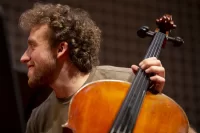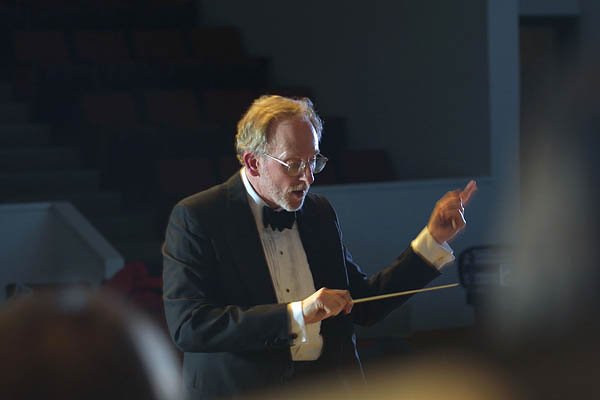
Choir to perform works by Haydn, Bates’ own Scott Ordway
Directed by John Corrie, the Bates College Choir performs Haydn’s “Lord Nelson Mass” and a piece by a Bates professor at 8 p.m. Friday, March 21, and 3 p.m. Sunday, March 23, in the Olin Arts Center Concert Hall, 75 Russell St.
The concerts are free and open to the public, but tickets are required, available at bit.ly/oacbates. For more information, please contact 207-786-6163 or olinarts@bates.edu.
The choir will sing Haydn’s “Missa in Angustiis,” better known as the “Lord Nelson Mass,” and “Missa Brevis for the Virgin of Guadalupe,” a piece by Scott Ordway, conductor of the Bates College Orchestra and visiting assistant professor of music.
One of six masses that Haydn wrote toward the end of his life, and one of 14 in all, the 1798 “Missa in Angustiis” is considered one of his greatest works. “If the students should learn one Haydn mass as part of their choral education,” says Corrie, “then it should be this one.”
“Missa in Angustiis” is Latin for “Mass for Troubled Times.” Haydn, an Austrian, completed the piece as the armies of Napoleon made his nation extremely vulnerable — yet a mere six weeks before the work’s debut in September 1798, the British under Admiral Horatio Nelson defeated the French emperor in the Battle of the Nile, leading to the nickname of the mass.
Ordway was inspired to compose his 2010 “Missa Brevis for the Virgin of Guadalupe” by a research trip to Mexico City when he was a Benjamin Franklin doctoral fellow in the University of Pennsylvania music department.
The mass, he told The Penn Current, is an exploration of the complexity he found in Mexico City, which in his experience was a place of “warmth, beauty, and friendship amidst a backdrop of violence and tragedy.”
He said, “As a foreigner, this duality was both shocking and poignant but, as I would come to learn, [it] lies at the heart of the story of Guadalupe,” the image of the Virgin Mary, in a Mexico City basilica, that is one of the world’s most visited Christian shrines.
“She is an expression of unqualified love, tenderness and compassion, risen in an historical moment of unchecked destruction and conquest, and she remains a symbol of this duality at the heart of contemporary Mexican culture.”
The music for the piece, Ordway told Current writer Jacquie Posey, “reflects both the austere severity of Mexican Baroque architecture and the exuberant chaos of North America’s largest metropolis.”






